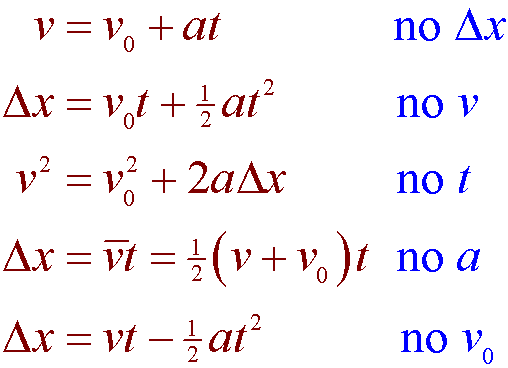Supreme The 3 Equations Of Motion

Lets derive all 3 equations.
The 3 equations of motion. Equations of motion in physics are defined as equations that describe the behaviour of a physical system in terms of its motion as a function of time. This video is based on the equations of motionThe 3 equations of motion are -1. Kinetics and the equations of motion relate forces and accelerations and are often used in conjunction with the kinematics equations which relate positions velocities and accelerations as discussed in the previous chapter.
There are three equations of motion that can be used to derive components such as displacement s velocity initial and final time t and acceleration a. Equations of motion in physics are defined as equations that describe the behaviour of a physical system in terms of its motion as a function of time. S ut 1 2at 2.
Hence these equations are used to derive the components like displacement s velocity initial and final time t and acceleration a. There are three equations of motion that can be used to derive components such as displacement s velocity initial and final time t and acceleration a. V u at2.
Third Equation of MotionThe third equation of motion is vu2as. It gives the velocity acquired by a body in traveling a distance sConsider a body having initial velocity u and a uniform acceleration a for time t so that its final velocity becomes v. Let us try to derive these equations by graphical method.
V²- u² 2asThis video explains the easiest met. 1 v v0 aΔt 2 x x0 v0Δt ½aΔt2 3 v2 v02 2ax x0 These are the equations you learn in the physics class at school to calculate the velocity or end position of an object given an acceleration and a time or a distance. To learn more about Motion enrol in our full course now.
Lets suppose an object with initial velocity u to final velocity v in time t. Watch this video to know more. Here Initial velocity u OA CD.













